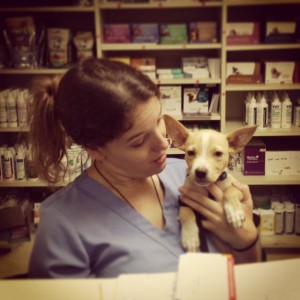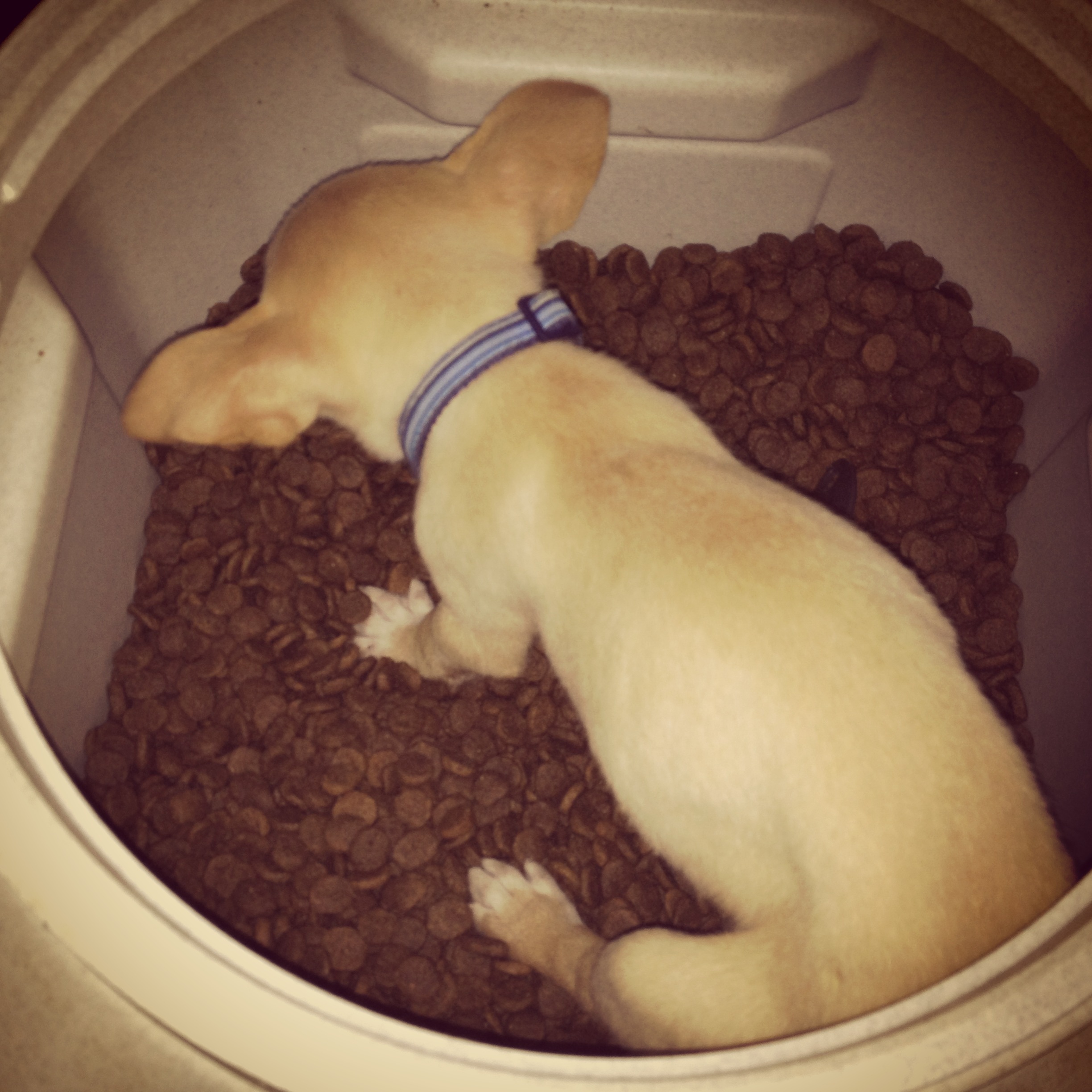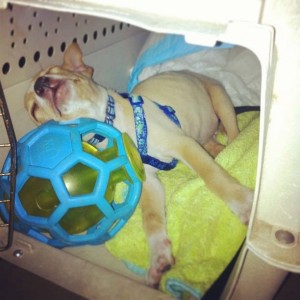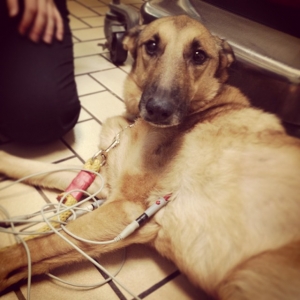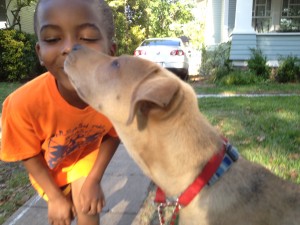As the new year kicks off and the tax season is in full swing, many people find themselves talking about their budgets. Here at GDO we have been having a lot of conversation with other dog lovers and potential owners about the cost of owning a dog. (Last spring we were buying dog food for 11 dogs and vetting 5 puppies – that kind of over commitment will foster a lot of budget conversations) Of course we believe that there is no price that you can put on the unconditional love of a dog, but the reality of responsible dog ownership is that we owe it to the animals in our care to budget for them in the same way we do for other household expenses.
Thousands of dogs are put to sleep every year because their owners no longer want them or cannot afford them. Additionally, there are hundreds of thousands of dogs that live miserable lives devoid of exercise, interaction, socialization, and lack basic housing needs because people do not realize the time, commitment, or expense involved in owning and properly caring for a dog. Our rescue would not exist if this was not true. We see this all the time.
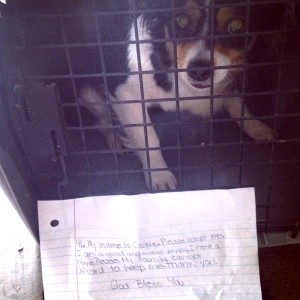
Cookie was left in a kennel on a neighbor’s porch with a note that said her people couldn’t afford to take care of her. She was very sick and very pregnant!
When you take a dog into your family, you are making a lifetime commitment to taking care of that animal. The average lifespan of your dog can be anywhere from 7-16 years depending on the size and the breed. Prevention and annual checkups yield the best return on investment and are worth the time and money. Just like with people, dogs require more medical attention as they get older. Planning is important if you already own a dog or are thinking about getting a dog. Here are some things to consider:
Vet Visits and General Care: An important part of the conversation is budgeting for care. Just like with people, if you can’t afford a visit for a checkup, for preventative care, or an unexpected illness, you are more likely to let it go until it becomes a major issue or an emergency room visit. The same is true for dogs.
Vaccinations, spay/ neuter, and microchip: Annual vaccinations, annual registration with the city, and spay and neuter are generally all required by law. You must budget for these just to be in compliance with city ordinances.
Low cost vaccination clinics and spay and neuter clinics are readily available. There are pros and cons to using low cost vaccination and spay and neuter clinics, but they are a great resource if cost is an issue. Check both the Dallas SPCA and the Dallas Animal Services websites for their calendar of clinics and the cost structure.
Another must have: A onetime investment in a microchip is a cheap and effective way to make sure you never lose your dog.
Low cost microchips are readily available through the SPCA, DAS, and many rescue groups. Do not skip this! It’s cheap and easy – microchip registration is the modern baseline expectation of responsible dog ownership.
Monthly costs:
Food: That one is easy to estimate. There are lots of great websites that talk about the benefits of quality food and they will rate dog food. Only you can decide what is right for you and your budget. But we can say: crap in – crap out, literally. You can feed less when you feed a quality dog food and the dogs will poop less as well. Can a dog live a happy long life on cheap dog food? Sure. My childhood family dog ate nothing but cheap grocery store dog food supplemented by table scraps. He lived to be 17. Do your research and then set your budget with what makes you comfortable.
Monthly heartworm and flea preventative: Be sure to budget for monthly preventative care. Dogs that live in Texas need year round heartworm preventative. Year round flea treatment is not a must, but it is recommended. When you put together your budget, go ahead and budget for year round for all of them – the cost of an extra month of two of flea preventative is much cheaper and less stressful than a flea infestation in your yard or house.
Initial set up: A kit of recommended items for your initial set up look like this: adoption fee or vet check if applicable, a kennel, leash, collar, name tag, toys, treats, bones, food, food container, bowls, flea and heartworm treatment must start right away so this should be included in the start up kit, dog bed or blankets, dog clothes (if you have a small or short haired dog – you will need dog sweaters), misc accessories
Recommended Investments Crates/ kennels: We recommend that all dog owners start out a new relationship with a dog with crate training. (all our dogs and foster dogs are crate trained) Dogs like the cave like safety of a crate. Crate training uses a dog’s natural instincts as a den animal. A wild dog’s den is his home. It’s a place to sleep, to hide from danger, and to raise a family. The crate becomes your dog’s den, an ideal spot to feel safe, to snooze or take refuge during a thunderstorm. Crates are a great tool to transition a dog to a new household while they are learning the rules and their boundaries.
- Crates aid in housetraining. Dogs don’t like to soil their dens.
- Crates help with boundaries. The crate can limit access to the rest of the house while Fido learns other rules, like not to chew on furniture or to chase the cat.
- Crates are a safe way to transport your dog in the car.
The Humane Society has a helpful article on the basics and philosophy of crate training
Training Investment (optional): We recommend that dog owners, especially new dog owners or puppy owners, take a basic manners/ obedience class together with their new dog. The money invested upfront will save you time and frustration later with your dog. A class is focused scheduled time to cement your relationship and build a foundation of rules and boundaries for the long term relationship.

Unexpected costs: Even the best of dogs gets in trouble on occasion. My ongoing list of unexpected cost (we foster a lot of dogs, so the boundaries/ training process is a constant): flip flops, TV remote controls, my purse, throw pillows, dog beds, rosebushes, etc. etc.
Unexpected medical expenses: As we mentioned above, even the best dog owners and the best behaved dogs get into trouble. Dogs are good at getting into naughty situations. An average vet office visit can range around $40. If you need any kind of treatment or medicine, it goes up quickly from there. If your dog needs any kind of surgery (fluffy ate something that makes an obstruction) or needs to go to the emergency room – you are looking at an average minimum of $300. We recommend starting an FSA type account for your dog. It’s just an unofficial doggie slush fund that is there for you in an emergency. If you don’t spend it – just keep it there for next year.
What to do when you go out of town? There may be additional expenses when you travel. Petsitter, boarding, or even paying the neighbor kid to watch the dog are a few ways to keep Fido safe and happy when you travel. It may cost you nothing if you have a friend who will dog sit, or it may be a significant expense – something to think about and plan for.
Overview: At first look, the lifetime cost of a pet can look overwhelming. But generally, the costs can be spread over an annual budget and planned for on a monthly basis. A dog is big a commitment; it is good to understand what you are getting into and what you can afford before you jump in.
Priceless Benefits: Freaked out yet? To counter balance all this talk of costs and expenses, owning a dog has many priceless benefits. Your relationship with your dog will improve your health and extend your lifespan. People with dogs generally get more exercise and pets help lower blood pressure and lessen anxiety. Kids that grow up around dogs have stronger immune systems. Dogs can even help single people gets dates. Dogs are also great crime deterrents. Owning a dog is part of what the police department calls “target hardening”; dogs make your home less desirable to criminals. Most of all, dogs will warm the bed for you, fill your heart with love, and they are always, always happy to see you.
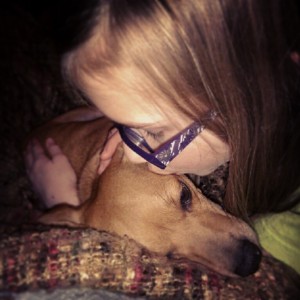
Moving forward and planning for your pet: Want to know more or see average costs?
Here are some additional links to articles about planning your pet budget:
https://money.strands.com/blog/2010/01/cost-owning-dog
http://www.peteducation.com/article.cfm?c=2+2106&aid=1543
Now that you know how to plan for owning a dog, you can get to the fun part of figuring out what kind of dog is right for you!


